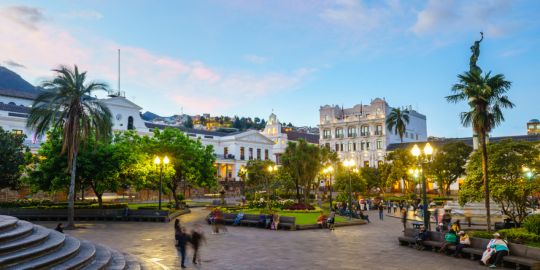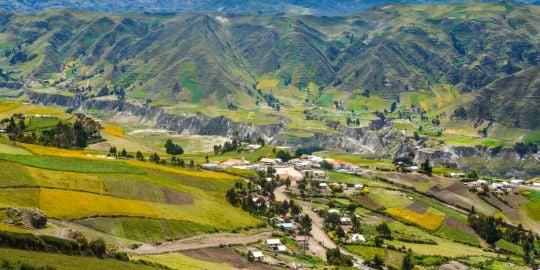russelleaton wrote:When you take into account the government subsidy, the cost of electricity for the induction cooker will only be marginally higher that the equivalent gas cooker. When the government subsidy runs out after about 3 years, existing gas subsidies will also be withdrawn, thus pushing up gas prices.
I only know two people that have switched to electric cook stoves. Both people states their electricity costs skyrocketed, far past the projected cost of propane after the subsidy is removed (expected $25/tank instead of $2.58).
In our case, we use propane for water heater and cooking. There are no good electric colofons (that I am aware of), so we would still have gas even if we converted cooking. We have 5 tanks in a separate room, all hooked in parallel to a single feed. We have to replace them about once every 6 weeks or so.
I understand the ecological reason for converting. However, almost everyone will do what is in their own personal interest and, particularly in a very poor country like Ecuador, that means the cheapest in most cases. The government has invested heavily in renewable electrical sources. They need to drastically cut the cost of electricity if they are going to be successful in any voluntary mass conversion from gas to electricity cooking.











